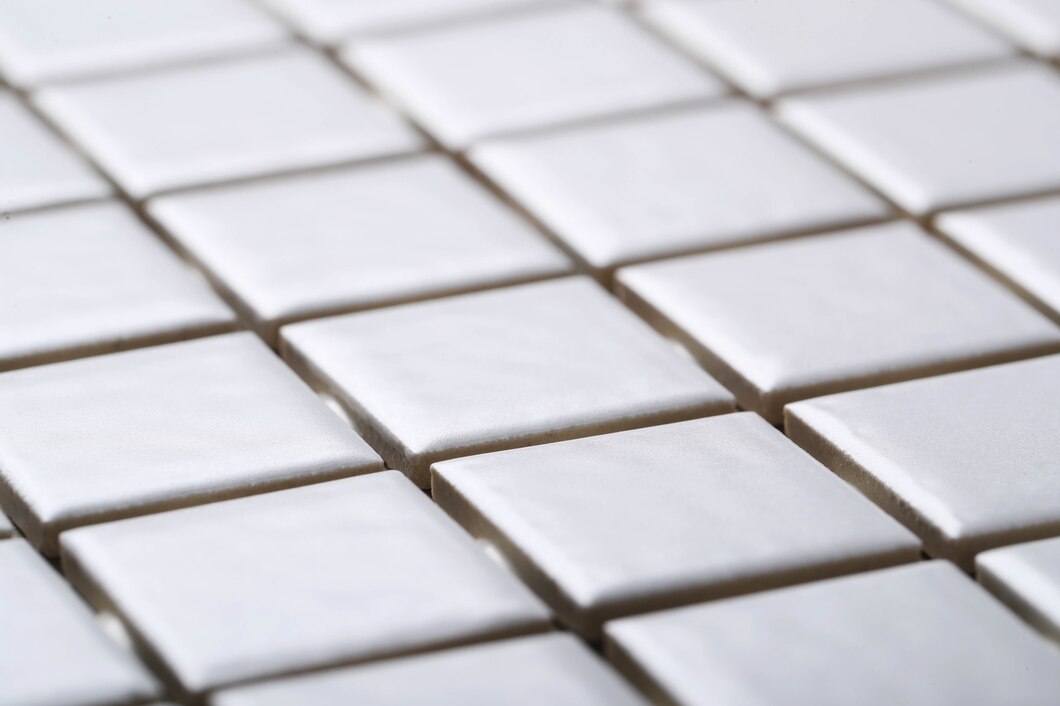
Tile floors add elegance and durability to your home, but keeping them clean can be a challenge. Grout, the filler between tiles, is especially prone to dirt and stains. A little regular maintenance can keep your tiles shining and your grout looking fresh.
Understanding the materials you are working with is key to choosing the right cleaning techniques. Different tile types, such as ceramic or stone, have unique cleaning needs. The right approach prevents damage and preserves the natural beauty of your floors.
We will explore tools and methods tailored for effective cleaning without causing harm. Whether you're dealing with a bathroom, kitchen, or any other tiled area, these easy steps will help you maintain pristine tiles and grout. Let's dive into making tile cleaning a breeze, ensuring long-lasting beauty for your floors.
Understanding Tile and Grout Types
Tiles come in various materials, each with specific cleaning needs. Ceramic and porcelain tiles are popular due to their durability and water resistance. They are relatively easy to clean with mild soap and water. Stone tiles, including marble and granite, are porous and need gentle cleaning solutions to prevent damage. Avoid acidic or abrasive cleaners on stone, as they can scratch or dull the surface.
Grout is crucial for holding tiles in place and sealing gaps, but its porous nature means it attracts dirt and stains easily. The type of grout used affects maintenance: sanded grout is more common in wider joints, while unsanded grout is used for narrow joints. Knowing whether your grout is sealed is essential, as unsealed grout will absorb more dirt and require extra care.
When cleaning tiles and grout, consider their specific needs to protect and preserve their appearance. Use appropriate methods and products to ensure a long-lasting clean that doesn't damage the materials. Understanding these differences ensures you choose the right cleaning approach, keeping your surfaces looking like new.
Essential Tools and Cleaning Solutions
To clean tile and grout effectively, you need the right tools. A stiff-bristle brush is essential for scrubbing grout lines without harming the tile surface. For everyday cleaning, a microfiber cloth or mop works great on tile surfaces. A steam cleaner can be an excellent investment for deep cleaning both tiles and grout, as it effectively lifts dirt and kills bacteria.
Safe DIY solutions include a mixture of baking soda and water for grout. Apply it, let it sit, scrub gently, and rinse. For tiles, a mix of mild dish soap and warm water is usually sufficient. Avoid harsh chemicals to prevent discoloration or damage.
Commercial cleaning products offer convenience and are designed for specific tile types and conditions. When selecting these, read labels to ensure suitability for your tile and grout type. Avoid products with high acidity or bleach, as these can erode grout and dull tiles over time.
Having the right tools and solutions at your disposal makes cleaning tile and grout straightforward. Proper preparation helps you tackle dirt and stains effectively, ensuring sparkling results with minimal effort.
Step-by-Step Tile and Grout Cleaning
Cleaning your tile and grout can be simple if you follow these steps. Start by removing loose dirt with a vacuum or broom. This prevents dirt from turning into mud during mopping. Use a mild detergent mixed with warm water and apply it to the tiles with a mop or soft cloth.
When it comes to grout, focus on one section at a time. Apply your DIY baking soda paste or a grout cleaner directly onto the grout lines. Let it sit for a few minutes to break down dirt and stains. Scrub with a stiff-bristle brush in a circular motion to lift grime. Rinse with clean water and wipe away residue with a damp cloth.
Avoid using too much water, as it can seep into the grout and cause mold. Always test a small hidden area with any new product to ensure it doesn't affect your tiles. Stick to these steps to achieve shiny tiles and spotless grout without damage.
Maintaining Clean Tile and Grout
Keeping tile and grout clean requires regular attention. Mop tiles weekly to remove surface dirt and prevent buildup. Dry mop or sweep daily in high-traffic areas to catch dust and prevent it from settling in grout lines.
For grout maintenance, consider applying a sealer once a year. This creates a protective barrier against moisture and stains. Clean spills immediately to prevent staining, especially on porous tiles and unsealed grout.
Here are additional tips:
- Use mats in entry points to trap dirt.
- Avoid heavy wax-based cleaners; they can dull the tile.
- Refrain from using abrasive scrubbers that might scratch surfaces.
Schedule a deep clean as needed. If stains and dirt persist, it's time to call in a professional. It ensures a thorough job without damaging your tiles.
Conclusion
Consistent care and proper cleaning techniques keep your tile and grout in excellent shape. By choosing the right tools and methods, you preserve the beauty and durability of your surfaces. Understanding the unique needs of your tiles and grout allows for effective cleaning, while regular maintenance prevents unsightly buildup.
When regular efforts can't achieve the desired sparkle, or if grout and tiles face stubborn grime, professional tile and grout cleaning services can offer a solution. Dalworth Clean provides expert care tailored to your tile and grout, ensuring deep cleaning that revitalizes your floors. Trust Dalworth Clean to make your home shine with professional expertise. Contact our team today at 817-553-2109.

